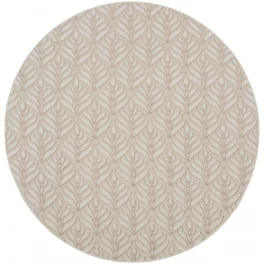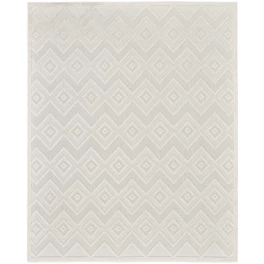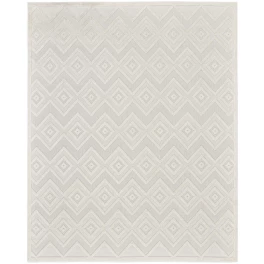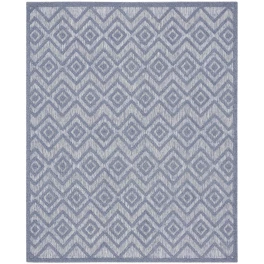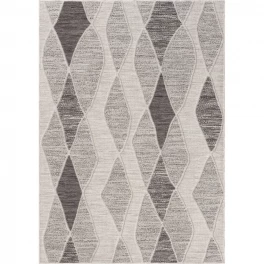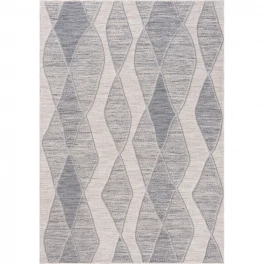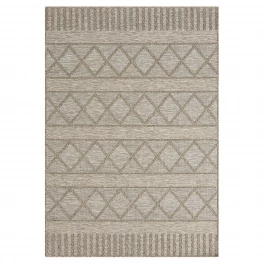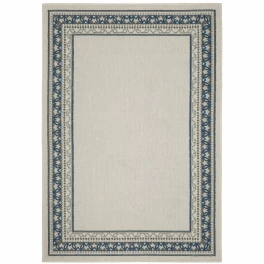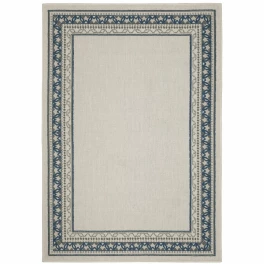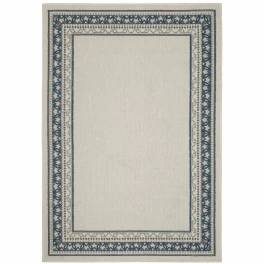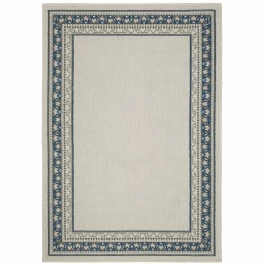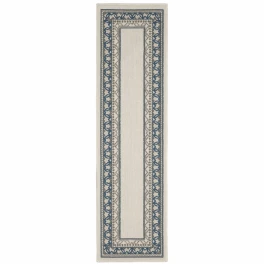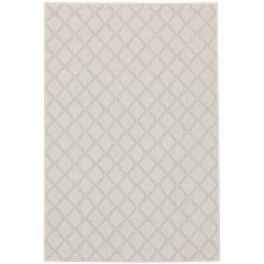Getting a room balanced in interior design is a matter of scale and proportion. Scale is about how the size of a home décor item relates to the room. Proportion focuses on the shape and/or size of a home décor item and how it relates to other shapes and/or sizes in the room.
As a general rule, pleasing proportion comes with similar shapes. This isn’t a universal rule, though. When you design your room, you want shapes similar, not identical.
This rule also doesn’t mean that all the shapes in your room must be similar. In fact, that would be terribly boring at best and unattractive at worst. A room with identical shapes and sizes will look out of balance. Contrast is just as important as proportion.
Aaack! Are you freaked out yet? Getting the right proportion/contrast mix in room styling can seem like an overwhelming puzzle.
Because the specifics of the process can sound so complicated, proportion isn’t something most of us consciously think about. We mostly trust our gut. Does the room feel right? Or does something feel off about it?
If something is off, though, understanding proportion can help you fix a room that isn’t quite working. So here are seven ways proportion works in your interior design and how to get it right.
1. Furniture to Furniture
Furniture must be in proportion to some other furniture. You can have contrasting-shaped furniture, but if all you have is one contrasting piece that isn’t in proportion to anything else in the room, that piece will look out of place.

Photo by Breadmaker on Shutterstock
In the above photo, the round shape of the coffee table is wholly on its own. Because of that, even though it is in proportion to the accent on the table, it still sticks out like an errant cowlick.
In contrast, a room in proportion will have all furniture in the same general shape family.

Photo by Image Supply on Shutterstock
Although it’s in proportion, the above room would be out of balance (lacking contrast) were it not for the curved elements of the accent pieces and pillows. (We’ll talk about proportion in accents in another section.)
Again, not all the furniture has to have the same general shape, but if you do bring in a different shape, it has to have a friend.

Photo by Photographee.eu on Shutterstock
In the room above, the round accent table, though not in proportion with the sofa and cabinet (which are in proper proportion to each other), is in proportion with the floor lamp. The contrast of the round elements to the rectangular elements puts the room in balance.
2. Furniture to Rug
You can also get furniture proportion via a rug.

Photo by Ingvald Kaldhussater on Shutterstock
Not only are the two chairs in proportion, but they are also in proportion with the rug. The sofa, however, is out of proportion with the coffee table. A rectangular coffee table would work better here.
3. Furniture to Architectural Feature
If you have just one piece of furniture in a room, you want it to be in proportion with the room’s architectural features.

Photo by karamysh on Shutterstock
If you have an architectural feature that is out of proportion with the other architectural features in a room, you can use furniture to regain proper proportion.

Photo by Arsel Ozgurdal on Shutterstock
4. Furniture to Accents
Furniture must be in proportion with accents. For example, if you’re going to bring a round accent into a room full of rectangles and squares, there must be some other curve in the room.

Photo by ppa on Shutterstock
In the above room, at first glance, the wood bowl seems out of proportion with the room. But when you bring your gaze back to view the room as a whole, you see that it is in proportion with the curved side table. This room, therefore, is well balanced. It has proportion between furniture and contrast brought in with the rounded accent, furniture, and lamp.
The ideal furniture to accent combination is one in which there is proportion and contrast in both the furniture and the accents.

Photo by Artazum on Shutterstock
In the above room, the side table and the low shelf are in proportion. The chair and the table in the foreground are in proportion (curves in both). And there’s contrast between these two sets. Similarly, the pillow and framed prints are in proportion. They’re contrasted with in-proportion-to-each-other lamps, plant, and accent pieces on the shelf.
5. Accents to Accents
As you saw in the photos above, accents work best when in proportion to other accents.
You can combine round pieces and square pieces for contrast, but each shape must have coordinating accent piece.

Photo by WorldWide on Shutterstock
If you bring in one contrasting accent without a pairing, your accents will be out of proportion.

Photo by robinimages2013 on Shutterstock
In the above room, the fruit needs a proportionate friend. Because it alone isn’t enough for contrast, the room as a whole seems stagnant.
6. Color to Color
When you have an accent wall with a strong color, it needs to be in proportion to some other part of the room that in the same or very similar color tone.

Photo by MasterPhoto on Shutterstock
In the above room, the size and general shape of the accent wall are in proportion to the size and general shape to the furniture in a similar color tone.
In contrast, accent walls that don’t have a proportionate buddy to hang with overwhelm the room.

Photo by Room27 on Shutterstock
The light blue in the above room is out of proportion to the only other light blue in the room (the bit that’s in the accent pieces on the coffee table).
7. Pattern to Pattern
A similar pairing is needed with strong patterns.

Photo by Photographee.eu on Shutterrstock
The powerful wallpaper above is in proportion to the rug. That proportionate pairing is in contrast to the similarly proportioned furniture, pillow, and windows. So the room as a whole is in balance.
If a patterned element is similar in color to an accent wall, it can work as that wall’s proportionate partner.

Photo by ShortPhotos on Shutterstock
The rug above gets help from the napkins to create a proportionate affiliation with the blue accent wall.
Are you starting to see why your gut tells you a room is a little wonky? Without realizing it, you’re scanning for an optimal arrangement of proportionate design elements and contrasting design elements.
Now that you know how it all works, when your gut sends you a design “red alert,” you’ll know what to do about it.
If you want to get proficient with proportion and contrast, you can play with all sorts of design elements in a room planner like House Tipster’s Virtual Rooms.




